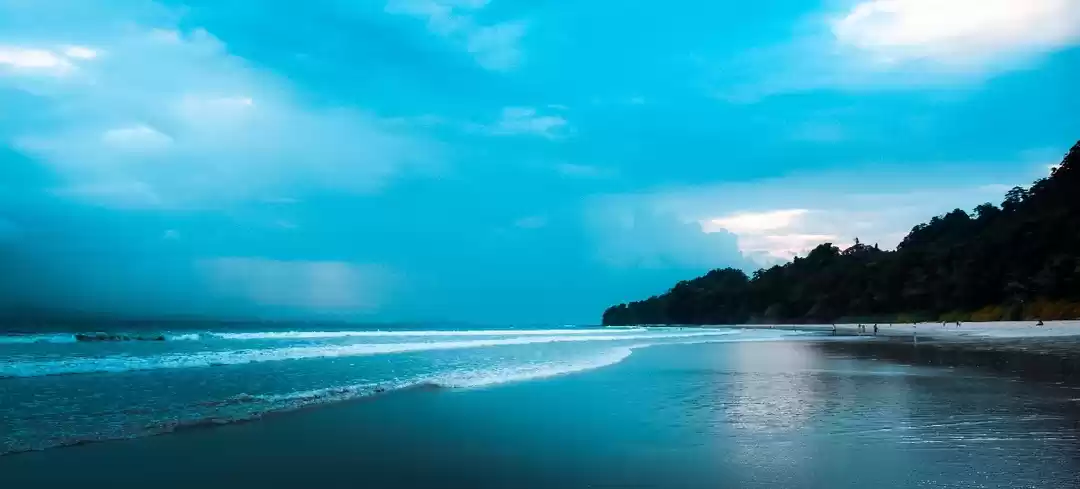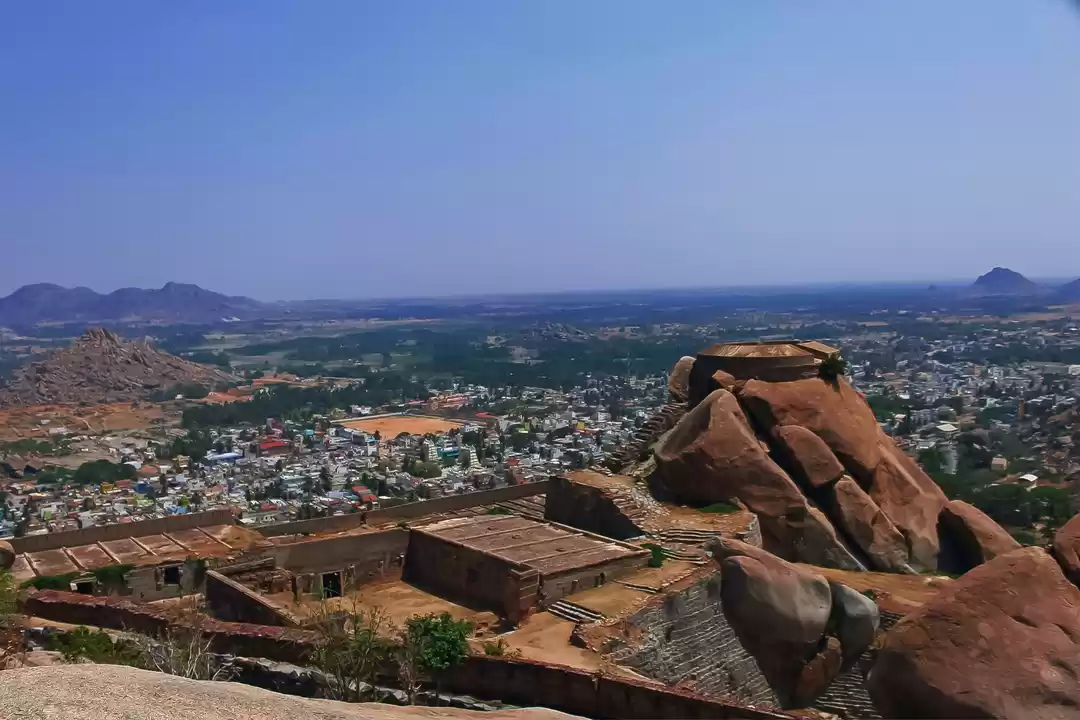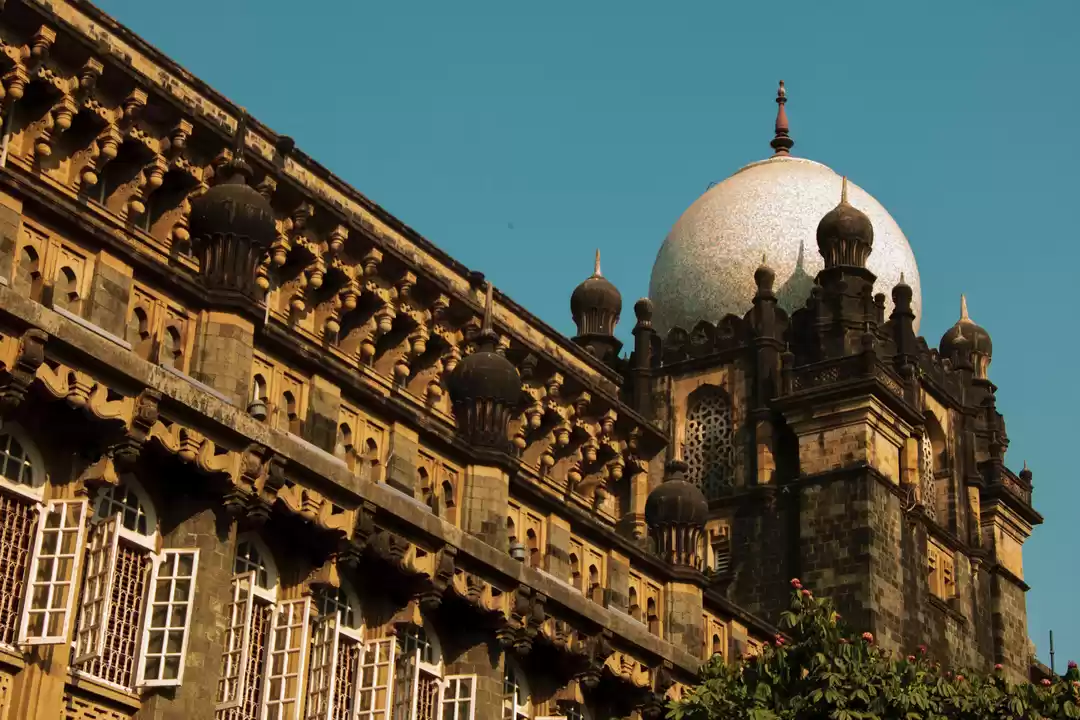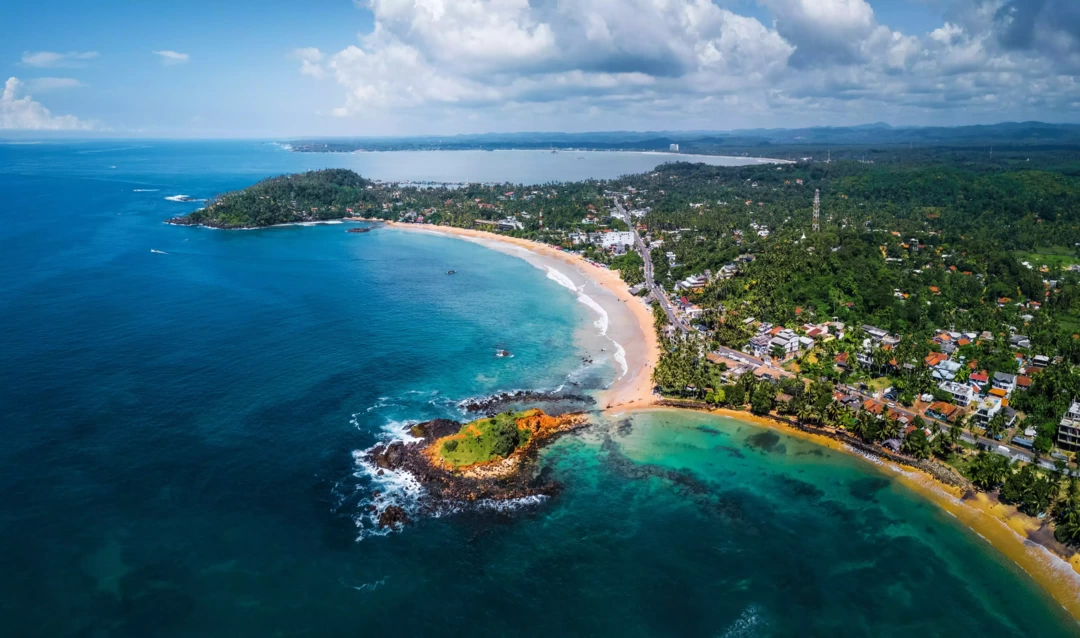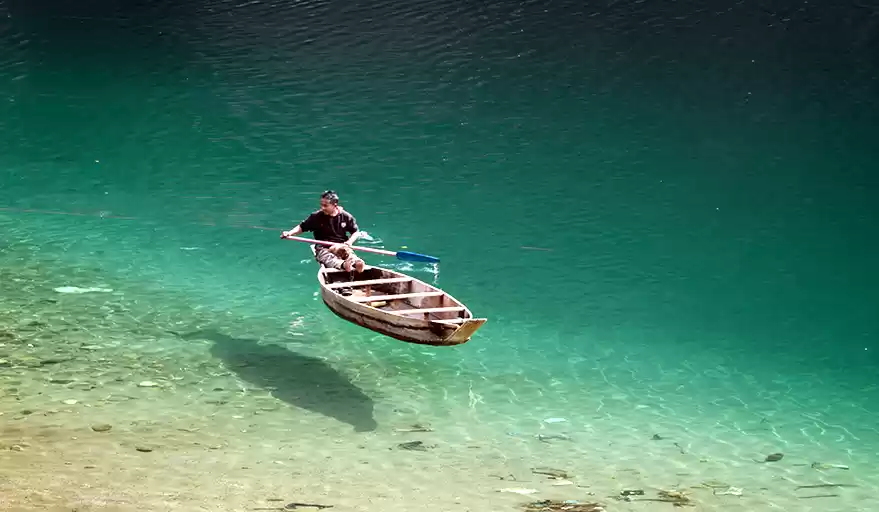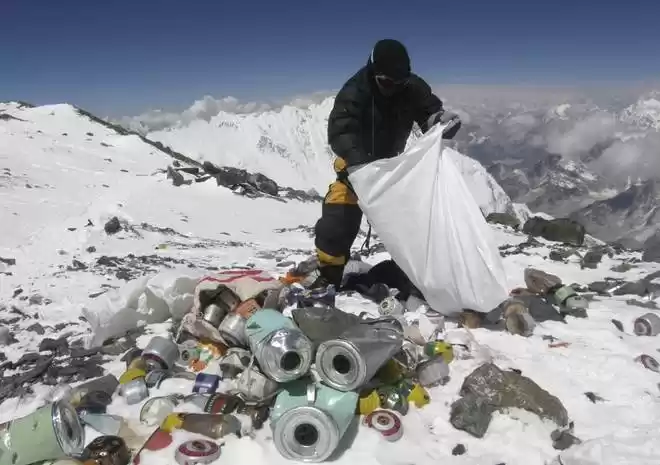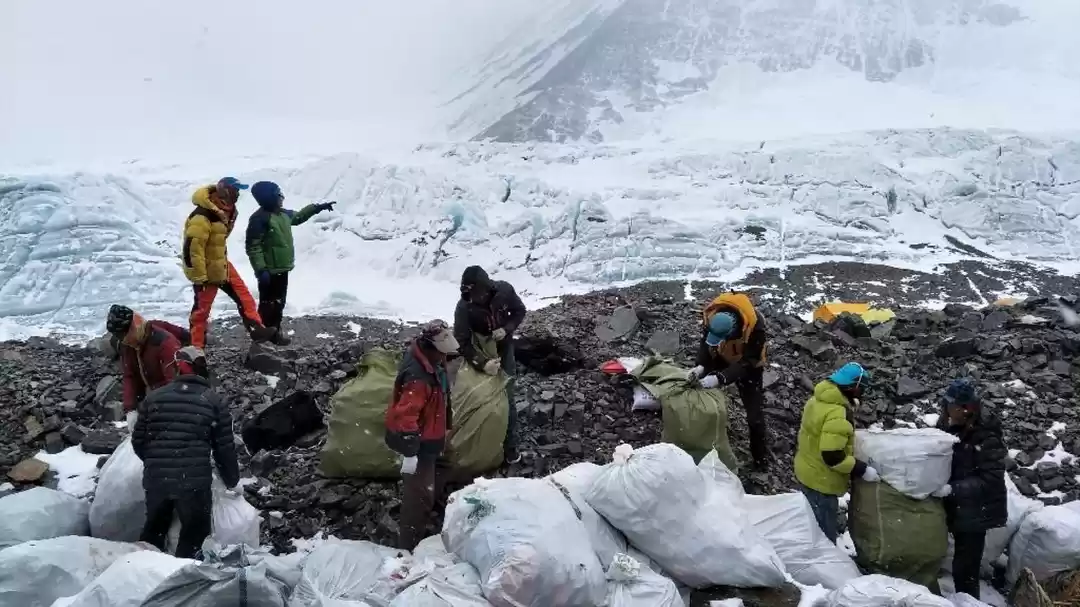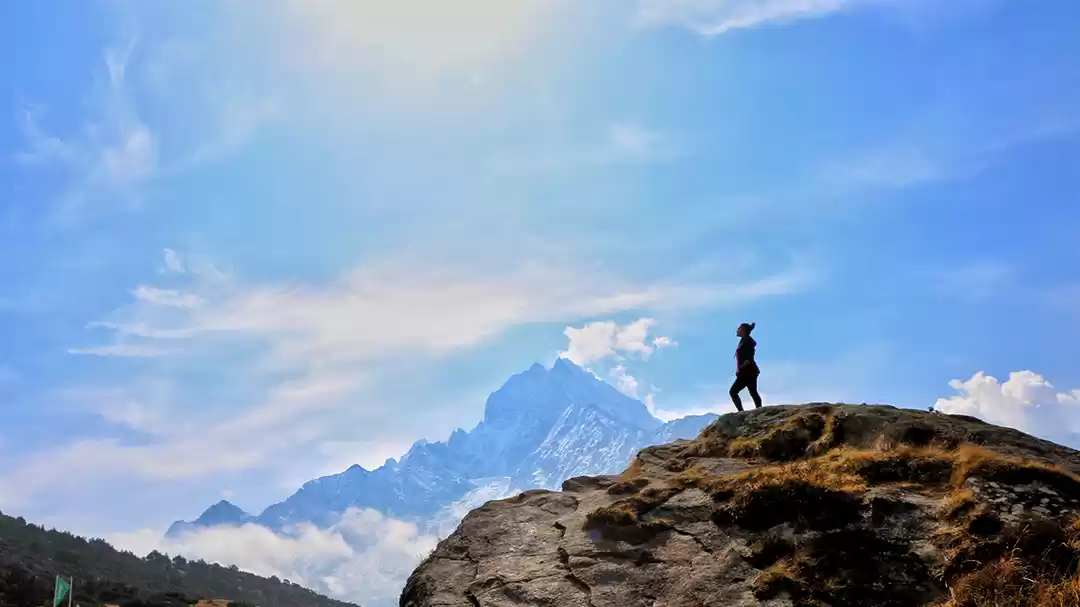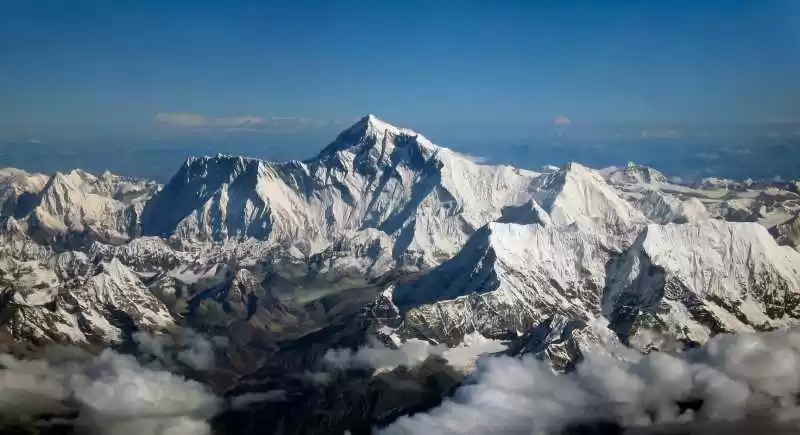If you don't have a map while scaling Mt Everest, you can just follow the line of trash that'll lead you straight to the Everest base camp, as climber Dragana Rajblovic, a Balkan woman who has scaled Mount Everest says.
Corpses act as landmarks on the mountainous terrain
Gone are the days when all you would see on the highest mountain of the world was a blanket of pure white. Frozen bodies dot the stretch as snow thaws due to climate change. Long-buried bodies of mountaineers and trash are surfacing as snow melts due to man-made global warming. With over 200 corpses dotting the stretch, many corpses are used as landmarks.
The corpse of an Indian climber who has neon green footwear on is used as an indicator for mountaineers that they have reached 8000 meters above sea level or what is popularly called the 'Death Zone'. Another fixture was the body of an American woman who died whilst descending. Until someone wrapped the body in a flag and moved it, the body was referred to as 'Sleeping Beauty'.
The rising death toll on Mt Everest
As grisly as it sounds, conditions on Mt Everest are brutally harsh on all things living. Climate change just adds to the danger because of the unpredictability of the elements. In 2014 an avalanche because of warm weather at the Khumbu glacier killed 16 climbing Nepalese people.
Too many inexperienced climbers are scaling altitudes they don't understand. The Nepalese government had been issuing too many permits for climbing the Everest and making money off these expeditions. While those attempting to climb the mountain do have to go through fitness tests, it's their stamina that gives way.
Most who collapse and die, give way to altitude sickness. Oxygen levels at high altitudes are one-third of that at sea level and as such the human body starts rapidly deteriorating. There have been instances of fainting and collapsing due to exertion. With just hours to reach the tip before their lungs are filled with fluid, inexperienced climbers often die before they reach the summit. Since conditions are too hostile for people to be carrying extra weight, bodies are just left there on the mountain.
The Nepalese government faced criticism when a traffic jam of around 320 people happened near the Everest. They had issued a record number of 381 permits on their side of the mountain. The death toll rose to 11 when people died of exertion after being trapped on the hostile terrain.
A bid to clean the trash that mars the landscape
Recently, a 12-member team went on a cleaning expedition on Mt Everest. They brought down nearly 11 tons of garbage and four dead bodies which surfaced as the ice began to thaw.
The garbage left behind is that of mountaineers and camps. As struggling upwards becomes difficult, many start throwing things they can't carry. Additionally, there have been no cleanups since the earthquake in 2015 and the avalanche in 2014. Many camps had to abandon their gear to make a quick descent.
The garbage is made up of toxic cylinders, plastic bags, beer bottles and other camping stuff. About 5000 kg of the garbage was just human poop. That's right.
Poo disposal is a major problem on the mountain. It's impossible to dig a hole in the snow and hence, mountaineers are encouraged to pack their poo in small sealed bags and carry it back with them. The Nepalese camps have blue barrels that serve as toilets. Porters carry the human waste down and dump it in an open field. Since poop does not decompose in sub-zero temperatures, it shrivels up and starts releasing noxious gases.
An attempt at damage control
With climate change showing real and very potent effects on the environment, governments are stepping up to do some damage control. The Nepalese government has banned single-use plastic in the Everest region. In 2014, they put a scheme in place where climbers are required to put down ₹28,4998 as garbage tax before the climb. The money is refundable provided they bring back at least 7 kg from the mountain.
Recently. they have been thinking of exercising greater restraint in giving away permits to mountaineering novices. After their latest cleanliness drive, they are also planning on doing another cleanliness drive next year under their Safa Himal Campaign. China has banned non-climbers from their side of the mountain in February to cut down on the amount of trash accumulating on the snow-capped mountain.
There's still a lot to do with experts estimating that almost 30 tons of debris and trash are left over on the mountain. The mountain is part of a fragile ecosystem that needs to be protected. With havoc already rising, let's take control before the climate goes past the stage of no return. The onus is not just on government bodies to clean up, it's on us, the citizens to pick up after ourselves.
What can we do to help fight climate change? Tell us in the comments below.
Get travel inspiration from us daily! Save and send a message at 9599147110 on Whatsapp to start.









